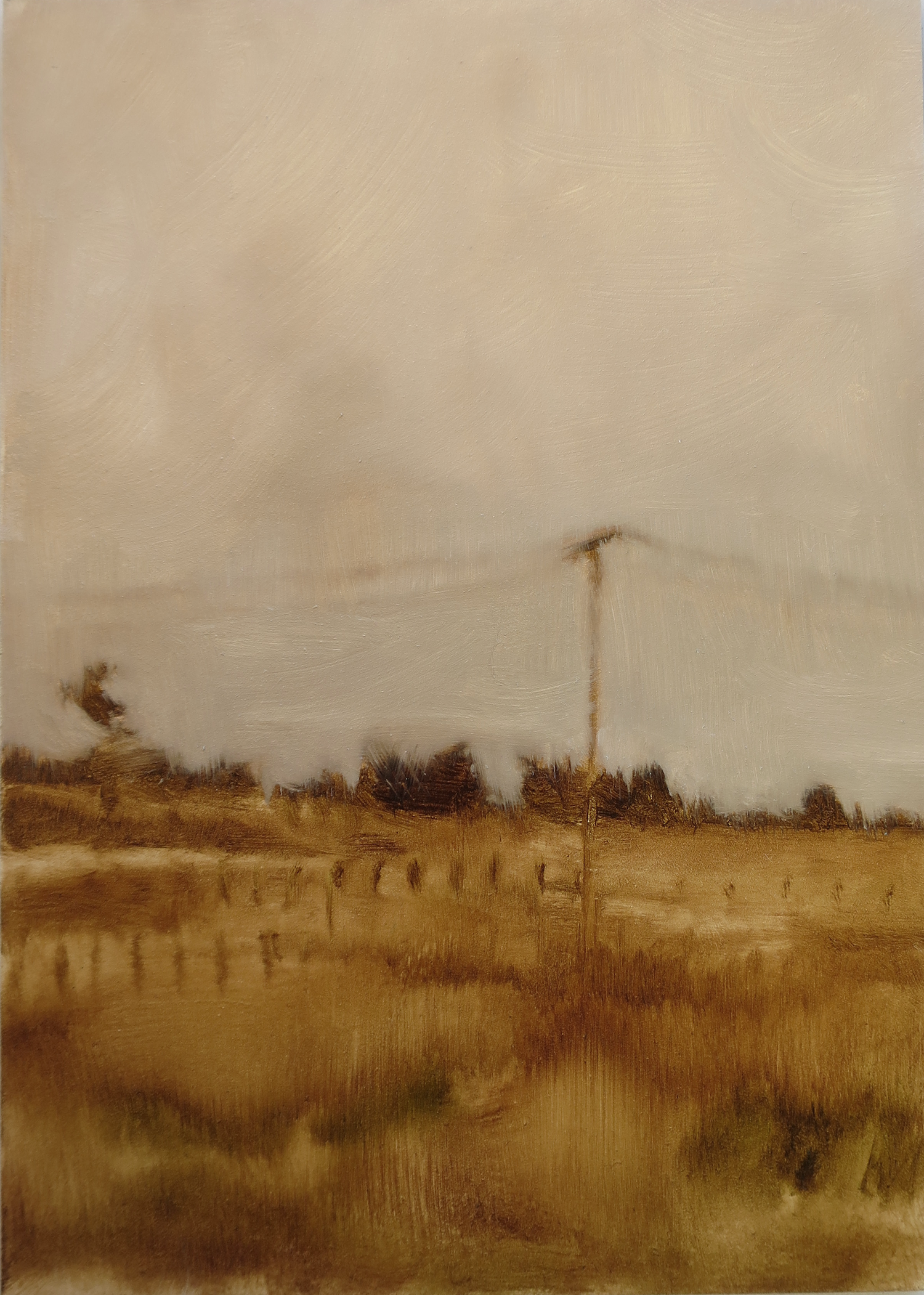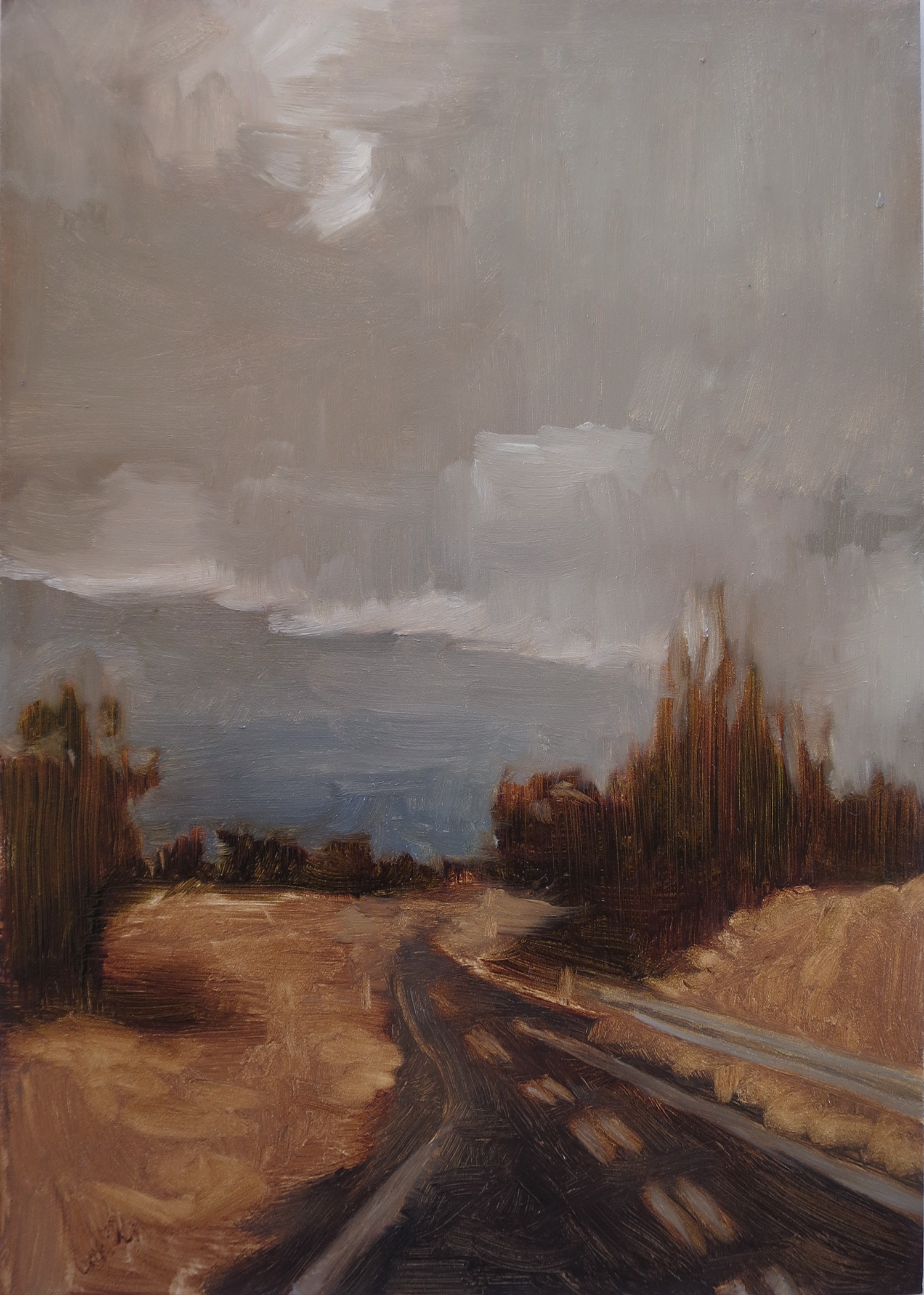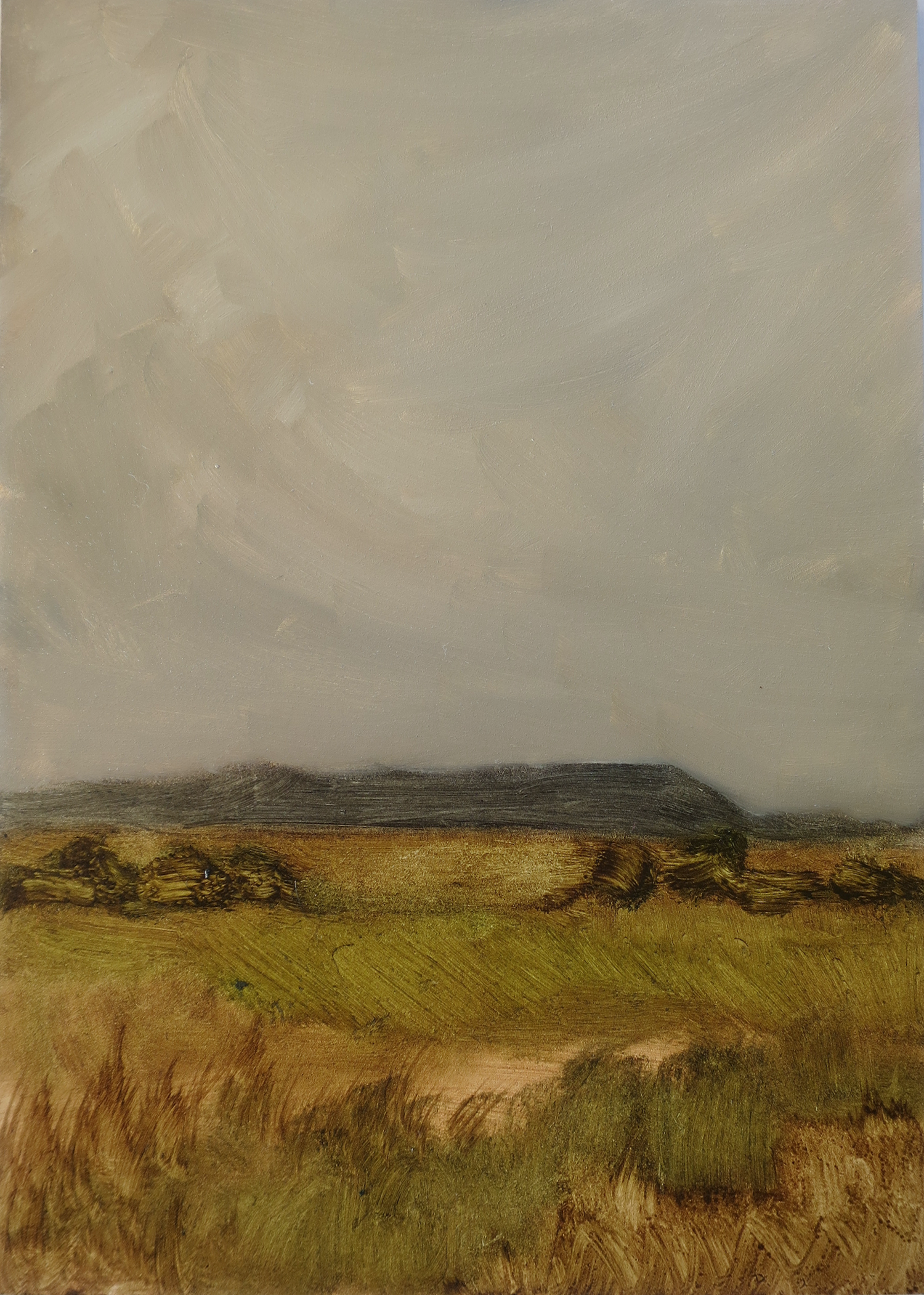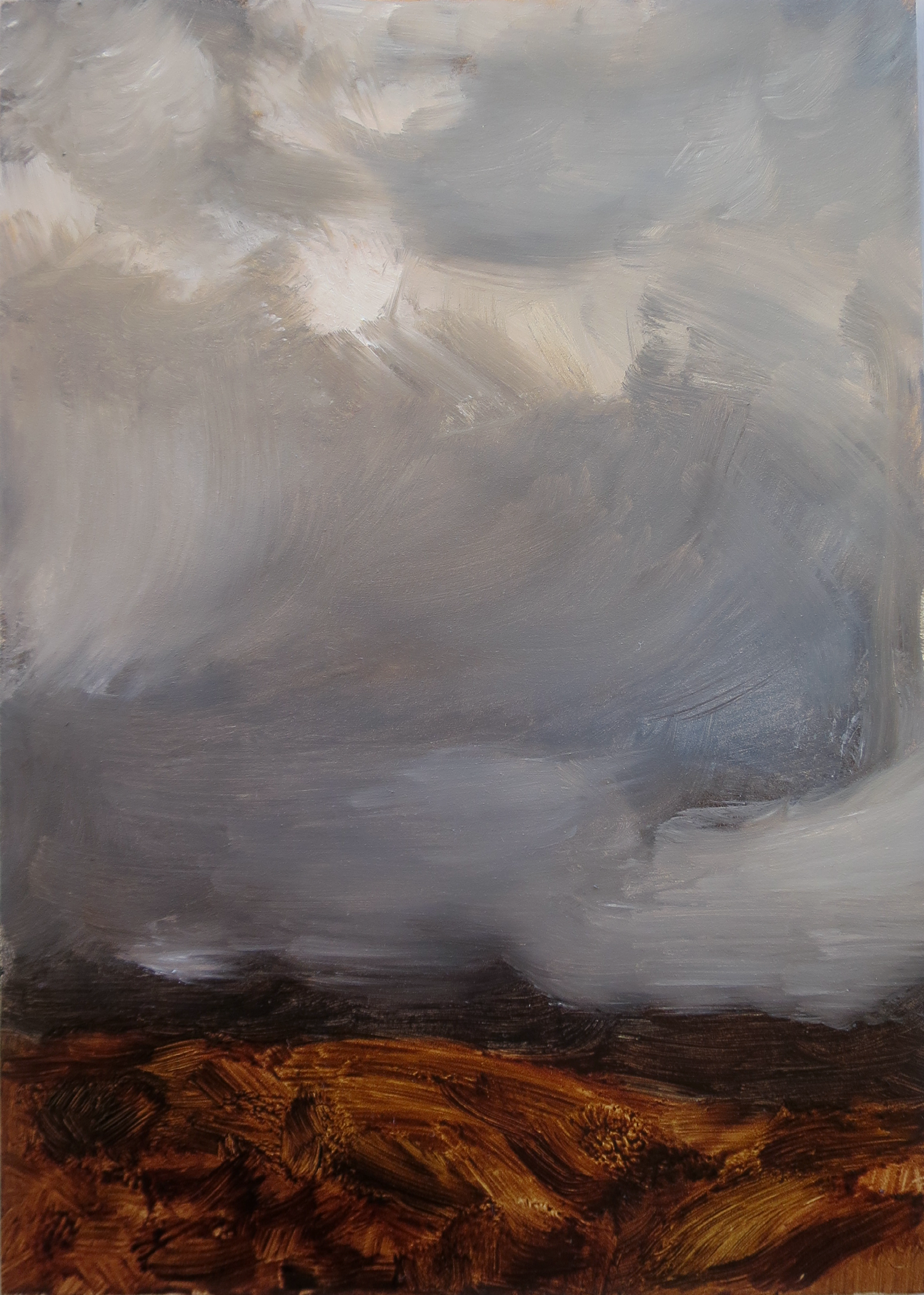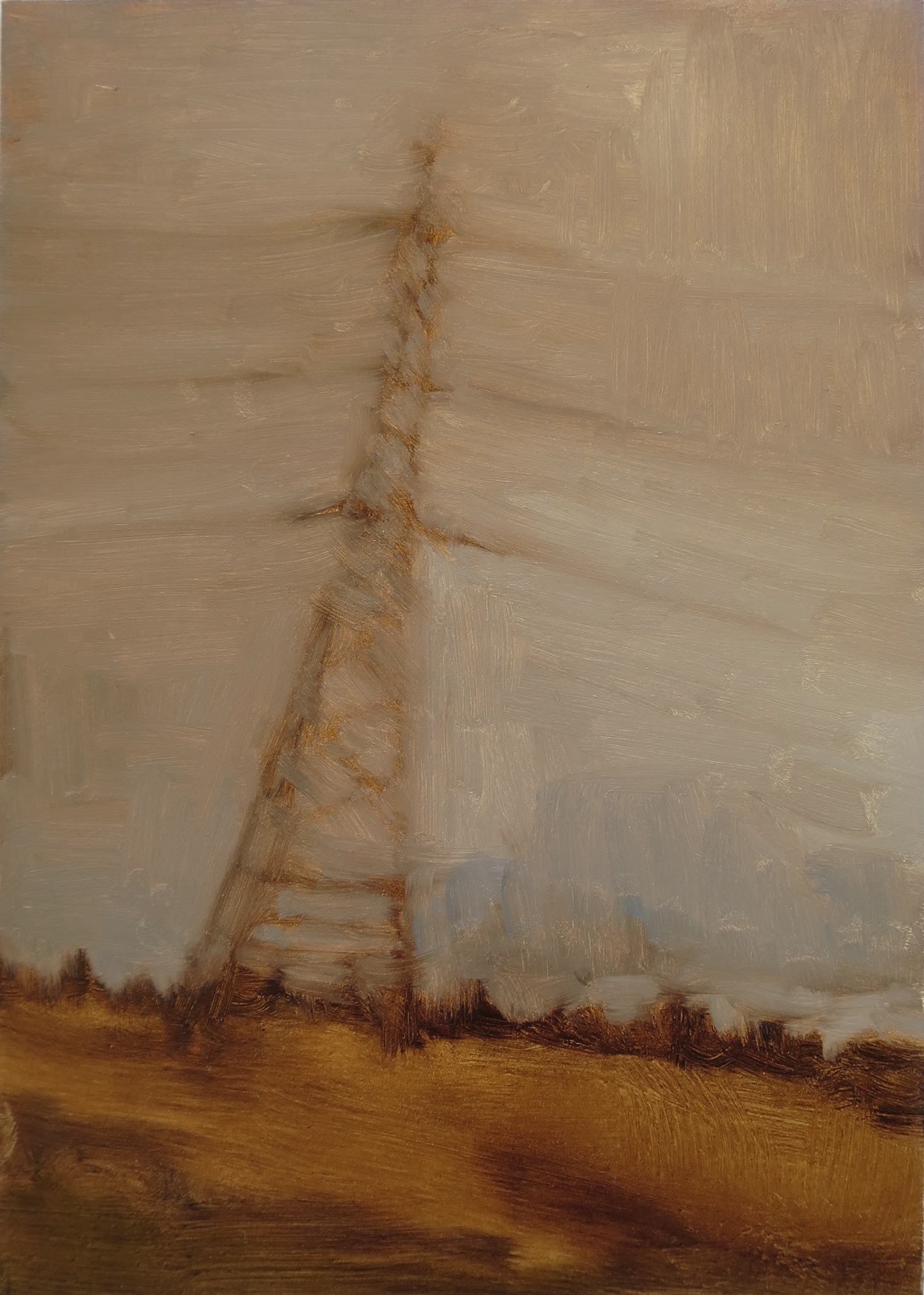Install view, photo: Emily Devers
Fragment #1, 2022, oil on board, 15.3 x 20.4cm (framed size), custom framed in reclaimed hardwood
Fragment #3, 2022, oil on board, 15.3 x 20.4cm (framed size), custom framed in reclaimed hardwood
Fragment #4, 2022, oil on board, 15.3 x 20.4cm (framed size), custom framed in reclaimed hardwood
Fragment #5, 2022, oil on board, 15.3 x 20.4cm (framed size), custom framed in reclaimed hardwood
Fragment #6, 2022, oil on board, 15.3 x 20.4cm (framed size), custom framed in reclaimed hardwood
Fragment #7, 2022, oil on board, 15.3 x 20.4cm (framed size), custom framed in reclaimed hardwood
Fragment #8, 2022, oil on board, 15.3 x 20.4cm (framed size), custom framed in reclaimed hardwood
Fragment #9, 2022, oil on board, 15.3 x 20.4cm (framed size), custom framed in reclaimed hardwood
Fragment #10, 2022, oil on board, 15.3 x 20.4cm (framed size), custom framed in reclaimed hardwood
Fragment #11, 2022, oil on board, 15.3 x 20.4cm (framed size), custom framed in reclaimed hardwood
Fragment #12, 2022, oil on board, 15.3 x 20.4cm (framed size), custom framed in reclaimed hardwood
Fragment #13, 2022, oil on board, 15.3 x 20.4cm (framed size), custom framed in reclaimed hardwood
Fragment #14, 2022, oil on board, 15.3 x 20.4cm (framed size), custom framed in reclaimed hardwood
Fragment #15, 2022, oil on board, 15.3 x 20.4cm (framed size), custom framed in reclaimed hardwood
Fragment #16, 2022, oil on board, 15.3 x 20.4cm (framed size), custom framed in reclaimed hardwood
Fragment #17, 2022, oil on board, 15.3 x 20.4cm (framed size), custom framed in reclaimed hardwood
Fragment #18, 2022, oil on board, 15.3 x 20.4cm (framed size), custom framed in reclaimed hardwood
Fragment #19, 2022, oil on board, 15.3 x 20.4cm (framed size), custom framed in reclaimed hardwood
Fragment #20, 2022, oil on board, 15.3 x 20.4cm (framed size), custom framed in reclaimed hardwood
Fragment #21, 2022, oil on board, 15.3 x 20.4cm (framed size), custom framed in reclaimed hardwood
Fragment #22, 2022, oil on board, 15.3 x 20.4cm (framed size), custom framed in reclaimed hardwood
Fragment #23, 2022, oil on board, 15.3 x 20.4cm (framed size), custom framed in reclaimed hardwood
Fragment #24, 2022, oil on board, 15.3 x 20.4cm (framed size), custom framed in reclaimed hardwood
Fragment #25, 2022, oil on board, 15.3 x 20.4cm (framed size), custom framed in reclaimed hardwood
Install view
25km fragments, not in chronological order 2022, series of 24 oil on board paintings each custom framed in reclaimed hardwood
Created for the exhibition Here: Between you and the world curated by Colin Mac, PoP Gallery, October 25 - November 5 2022
These paintings are based on photographs taken every 25km during a road trip from Tamworth on Kamilaroi/Gomeroi Country to Meanjin/Brisbane on Yuggera and Turrbal Country. 25km is an arbitrary distance marker, selected for no particular reason. These images are fragments, captured as forms of personal documentation as I moved between two places. But they are far from objective snippets, and have been carefully curated to fit the purpose. I made decisions around which of the images to paint, having taking multiple at each 25km point, usually a bit before or after the marker depending on what scenery was around. While painting I then made decisions about compositional changes, what to leave in and take out. The series also plays with our assumptions of chronological narrative, with the works hung in a line from left to right. Rather than the chronology of the trip, the ordering principle when displayed is in fact the height of the horizon line in each painting, suggesting a continuous narrative between the fragments, and a false sense of order.
I’m interested in playing with the contrast between ‘objective’ data and subjective interpretation. The line between them is not so clear cut. As an artist and curator, I’m obsessed with the motivations and pitfalls of curating things around us: how we curate and catalogue using our own preferences, systems and biases. Do our own ordering systems have meaning for other people? They can be forms of control, lenses for viewing and experiencing. We all want to build meaning and fabricate order out of arbitrary starting points to make sense of the world. Perhaps nowhere is this more obvious than when applied to the landscape, particularly in the context of Australian art history.
These paintings play with the myth of untouched wilderness that has governed colonial landscape painting. Isolated human-made structures like telegraph poles stand romantic, wistful in empty fields. What does it mean to document the land like this, to capture and quite literally frame fragments of it? What is the point of this, and does it have any relevance today, particularly when performed by a white, settler Australian woman? Rather than answer any of these questions, this series attempts to sit with them.
For artwork sales enquiries, please email hine.miranda@gmail.com










